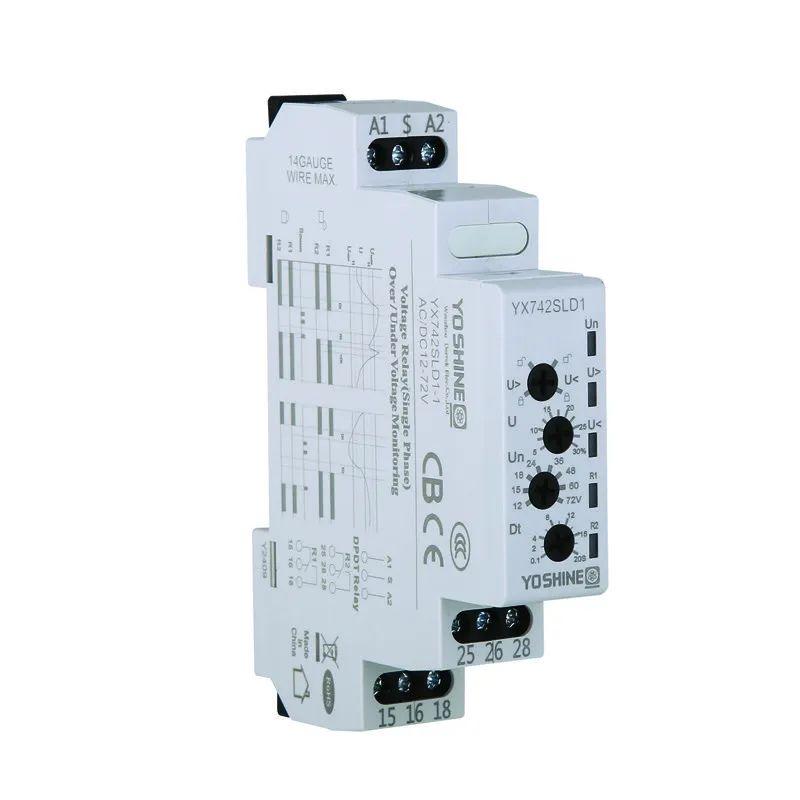A phase sequence monitor is an essential device used in electrical systems to ensure the correct sequence of phases in three-phase power supplies. This equipment plays an important role in protecting motors and other electrical devices from damage caused by incorrect phase rotation. By detecting the order of phases, a phase sequence monitor helps maintain the safe and efficient operation of electrical machinery.
In many industrial and commercial applications, three-phase power is widely used because it offers a stable and balanced power supply. However, incorrect phase sequencing can lead to serious problems such as motors running backward or equipment malfunctioning. The phase sequence monitor detects the direction of phase rotation and alerts users if the sequence does not match the required order.
One of the main advantages of a phase sequence monitor is its ability to prevent equipment damage. When three-phase motors receive power with the wrong phase sequence, they may rotate in the opposite direction, causing mechanical issues or breakdowns. Installing a phase sequence monitor allows operators to verify the phase order before powering up the equipment, reducing the risk of costly repairs or downtime.
A phase sequence monitor typically works by measuring the voltage and timing of each phase to determine their order. It then provides visual or audible indicators, such as lights or alarms, to inform users whether the sequence is correct or not. Some models also include automatic shutoff features that cut power when an incorrect phase sequence is detected, providing an additional layer of protection.
Beyond motor protection, a phase sequence monitor can also be useful during maintenance and installation of electrical systems. It helps technicians verify wiring and phase connections quickly and accurately, ensuring that systems are set up properly. This saves time and helps avoid errors that could cause malfunctions later on.
There are various types of phase sequence monitors available on the market, with different features suited to different applications. Some monitors are compact and designed for portable use, while others are built for permanent installation within control panels. Depending on the requirements, users can select a phase sequence monitor that fits their needs and budget.
Integration of a phase sequence monitor into electrical control systems enhances overall system reliability. It acts as a safeguard, especially in environments where power interruptions or phase disturbances may occur. By continuously monitoring the phase sequence, it allows for early detection of issues and timely corrective action.
Safety standards and regulations in many industries emphasize the importance of phase sequence monitoring. Ensuring the correct phase order helps protect both personnel and equipment, reducing the risk of accidents related to electrical faults. In this context, a phase sequence monitor is considered a critical component of safe electrical practice.
In addition to industrial uses, phase sequence monitors are also valuable in sectors such as renewable energy and construction, where temporary power setups are common. In these scenarios, the device helps verify that power sources are connected properly and that phase sequences remain consistent.
Overall, the phase sequence monitor offers a practical solution to challenges related to phase rotation in electrical systems. Its role in detecting incorrect phase sequences, preventing equipment damage, and supporting safe operations makes it an important tool for engineers, electricians, and maintenance professionals. As electrical systems continue to evolve, the value of phase sequence monitors remains clear in ensuring reliable and safe power distribution.
https://www.relayfactory.net/product/voltage-protection-relay/
